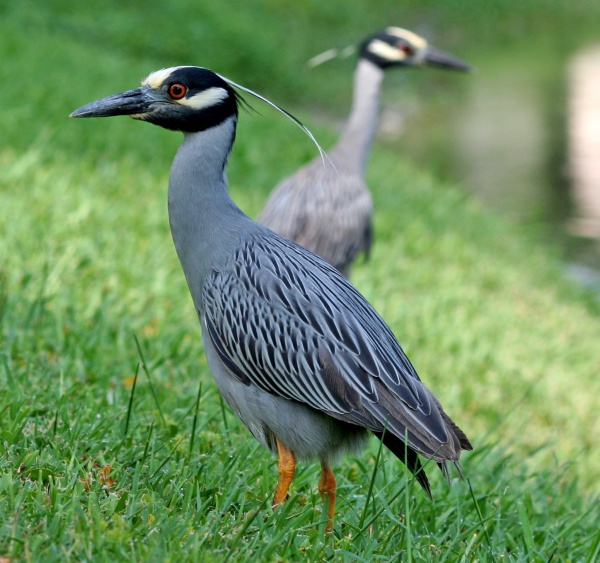Facts About Yellow-crowned night heron
The yellow-crowned night heron is a striking bird found throughout the Americas. With its stocky build, grayish-blue body adorned with black, scaled patterns on the wings, yellow legs, and a distinctive black head topped with a pale yellow crown, it is hard to miss. These birds are known for their slow, deliberate wing beats in flight and their unique vocalizations. They primarily feed on crustaceans and exhibit fascinating nesting behaviors. Closely related to herons, egrets, and bitterns, yellow-crowned night herons are commonly spotted in marshes, swamps, lakeshores, and coastal areas.
Their distribution varies depending on food availability, and their migratory habits differ by subspecies and population. Yellow-crowned night herons typically winter in tropical and subtropical regions, breeding in the southeastern United States. Their breeding season aligns with the emergence of crabs, varying by location. These birds usually have one brood per year, with both parents sharing the duties of incubation and feeding the young.
Human activities pose significant threats to these birds, including habitat loss, disturbances near nesting sites, and illegal hunting in some areas. While globally they are not considered threatened, certain local populations are classified as endangered or threatened, necessitating specific conservation efforts. Interestingly, the yellow-crowned night heron is also a vector for the eastern equine encephalomyelitis virus, though such cases are rare.
